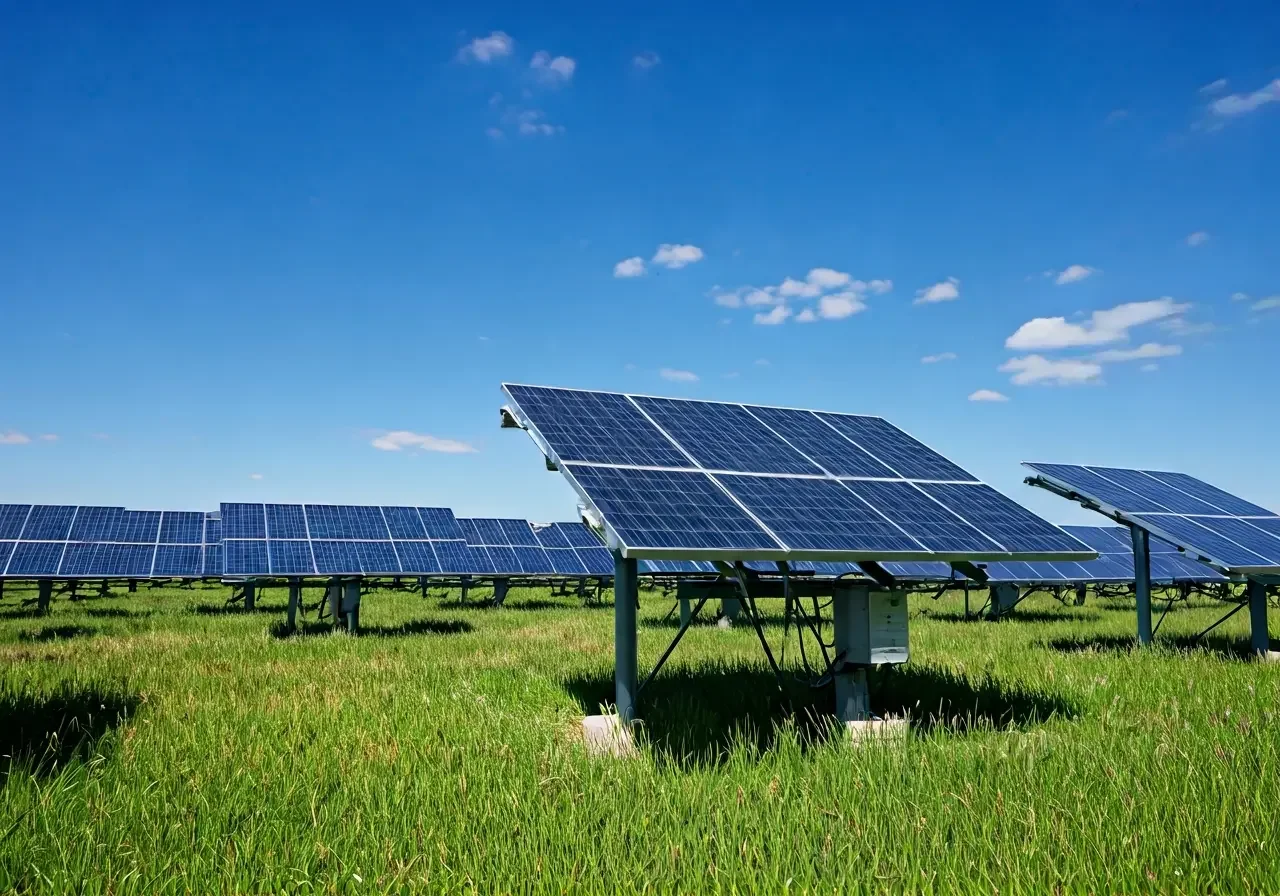How Do Battery Systems Contribute to Clean Energy Solutions?
In our quest for clean and renewable energy, battery systems have emerged as a vital part of the solution. They help store energy from renewable sources like solar and wind, ensuring a consistent and reliable power supply. But how exactly do these battery systems fit into the bigger picture of clean energy? Let's dive in and explore!
Understanding Battery Systems
At the core of battery systems are the various technologies used to store energy. These systems can range from small, household batteries to large-scale installations for power grids, each playing a unique role in energy management.
Battery technologies such as Lithium-ion, lead-acid, and flow batteries all serve distinct purposes. Lithium-ion batteries, for instance, are widely used due to their efficiency and scalability, making them ideal for both residential and commercial applications. Understanding these technologies is key to appreciating the versatility of battery systems in different energy contexts.
Role in Storing Renewable Energy
Battery systems efficiently store energy generated by renewable sources such as solar panels and wind turbines. This stored energy can then be used during periods when renewable generation is low, like at night or during calm weather, making renewable energy sources more reliable.
The ability of battery systems to maintain a steady energy flow helps address the intermittent and variable nature of renewable energies. This means you can power your home or business with clean energy consistently, even when the sun isn’t shining or the wind isn’t blowing.
Enhancing Grid Stability
By balancing supply and demand, battery systems help prevent grid overloads and ensure a stable energy supply. This is particularly important as more renewable energy is integrated into the grid, which can be variable and intermittent.
In particular, advanced battery systems can offer grid services such as frequency regulation and peak shaving. This helps to smooth out the supply fluctuations and maintain a robust grid system, which is essential as we transition to greater use of renewable energies.
Reducing Carbon Footprint
Battery systems contribute to a lower carbon footprint by reducing reliance on fossil fuels. They enable greater integration of clean energy, replacing energy typically generated from polluting sources.
The use of battery systems for energy storage can significantly cut emissions from electricity generation. By providing a backup for renewable energies, they reduce the need for coal and natural gas power plants, which are major sources of carbon emissions.
The Future of Clean Energy with Battery Systems
Battery systems play a crucial role in advancing the clean energy movement by enhancing the reliability and efficiency of renewable energy sources. As technology progresses, these systems will continue to support a sustainable future by reducing dependency on non-renewable resources and mitigating environmental impact. To learn more about how we are contributing to this sustainable future, visit our homepage.


